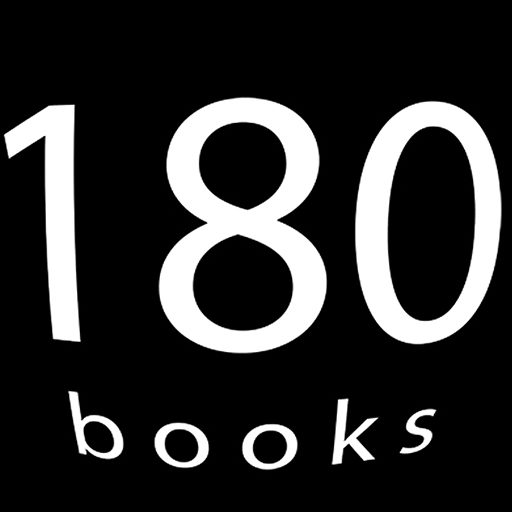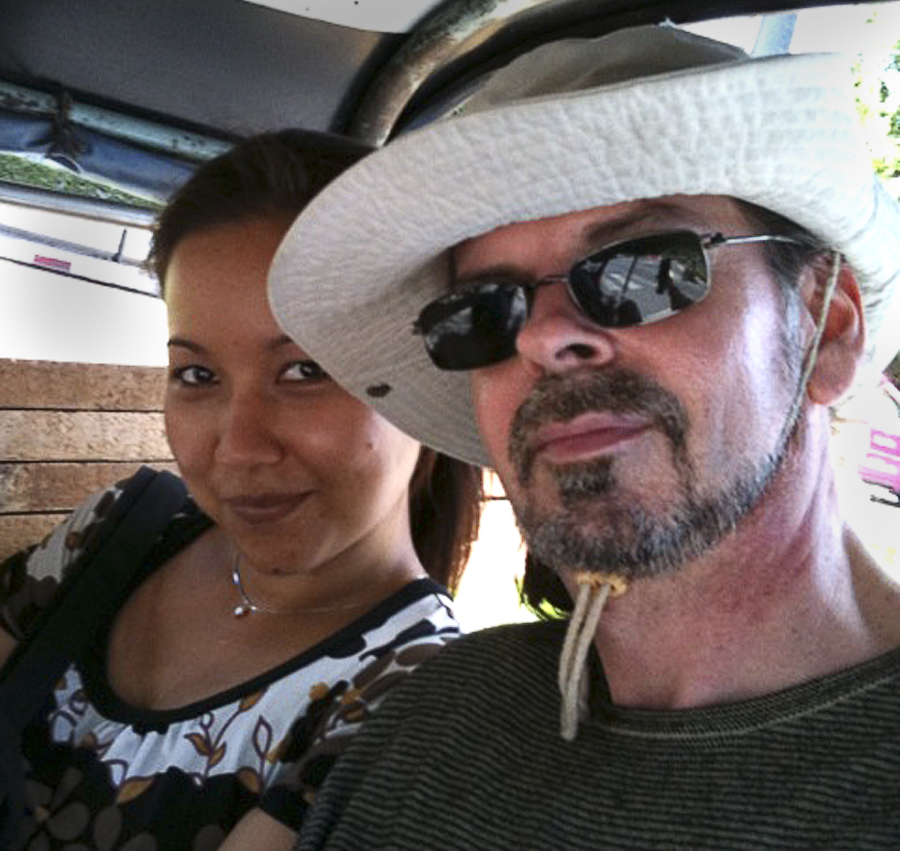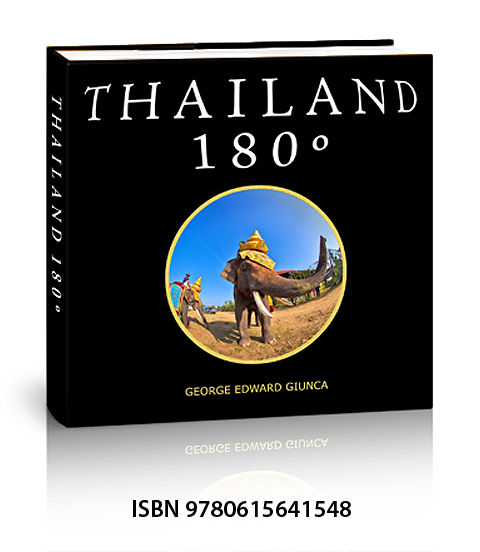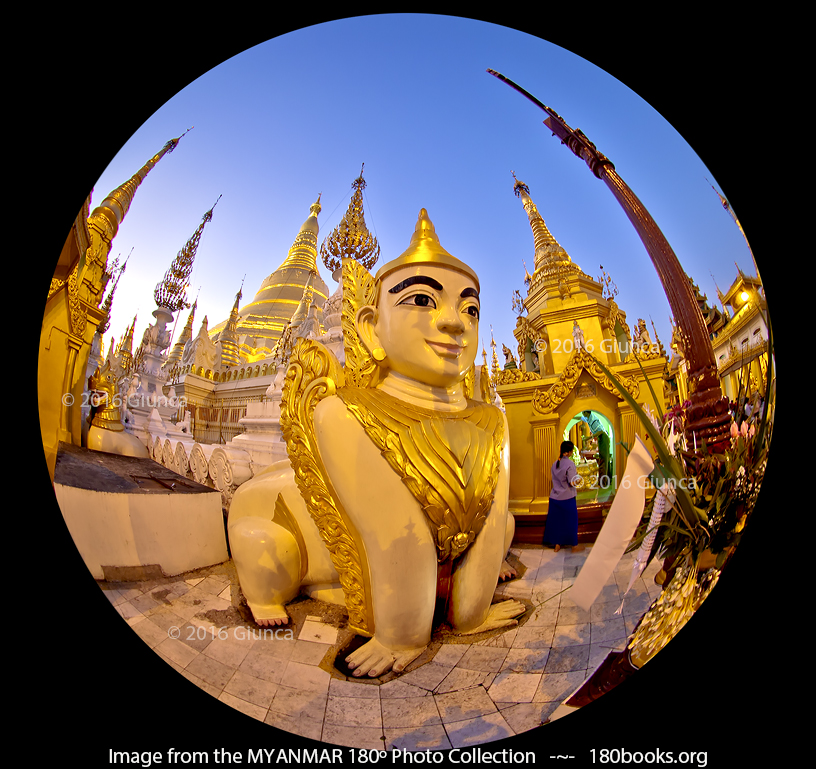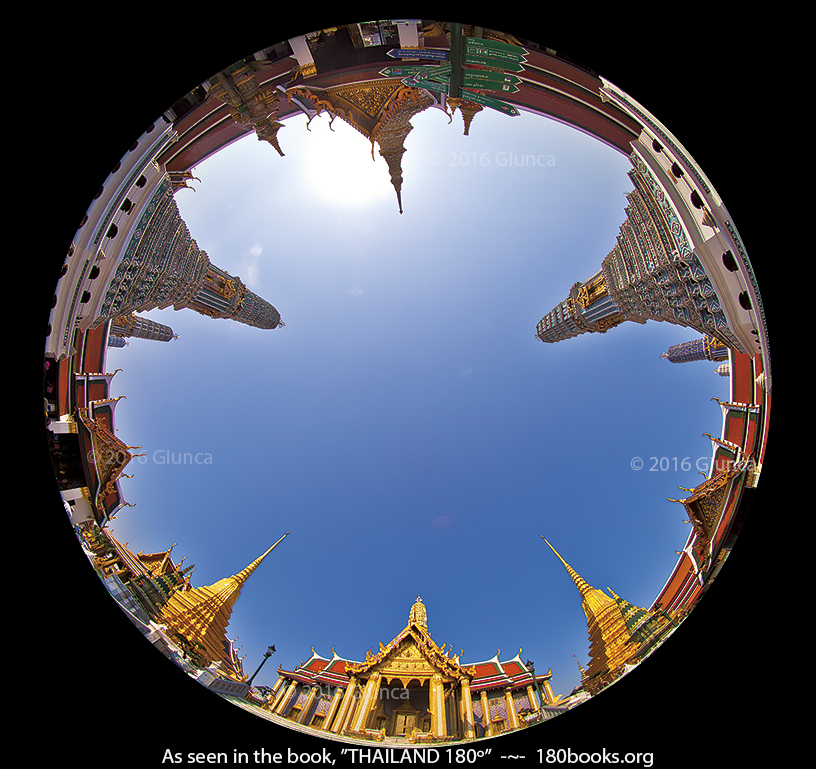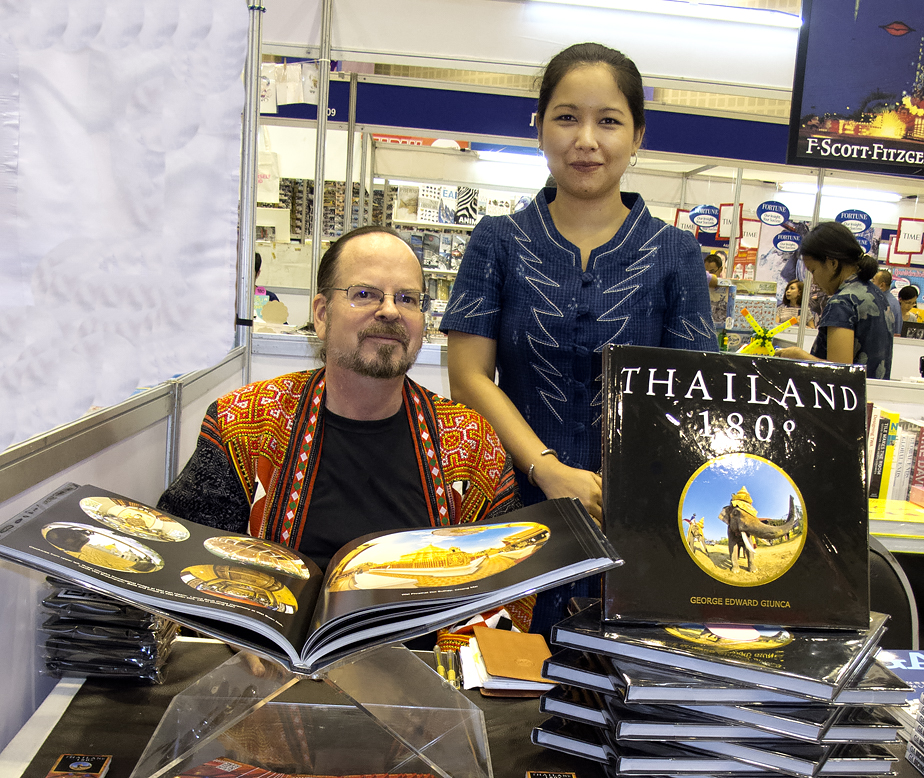DALLE-2 vs 180books Part 1
How it Started
Not long ago, I heard about a new AI system called DALLE-2, which could create an image when a painting is described in 400 characters or less, including the painter’s style, colors, brushstrokes, and so on. After inputting the prompt, it could create a painting in 20 seconds. I’ve recently been experimenting with DALLE-2 for a new project.
I realized some time ago, that I have always been somewhat of a frustrated painter, and I thought of reimagining my favorite 180books photographs as paintings done by Masters using different styles of different art movements.
To begin, I looked at my180º travel photos, and according to mood and/or subject matter, I “assigned” different images to be painted in their corresponding styles. The criterion was A)Did they look like examples of the style I chose? and B) Did I like the AI creation as well as or better than my photos?
First, a Little History
For those who aren’t familiar with my work, I’ve been working with an 8mm circular fisheye lens for the past decade and I love how it shows a subject in the context of its surroundings. We’re a husband/wife team on a mission to capture images of disappearing culture. I’ve published 3 books including THAILAND 180º, MYANMAR 180º, and PENANG 180º. We’re in the process of creating an INDIA 180º book as well.
Before this, I’d worked as an advertising photographer in Los Angeles, CA., for 25 years and used many different cameras and lenses. When I switched to editorial and travel photography, I didn’t feel like the old lenses were capturing what I felt and I documented that in a slideshow you can see here.
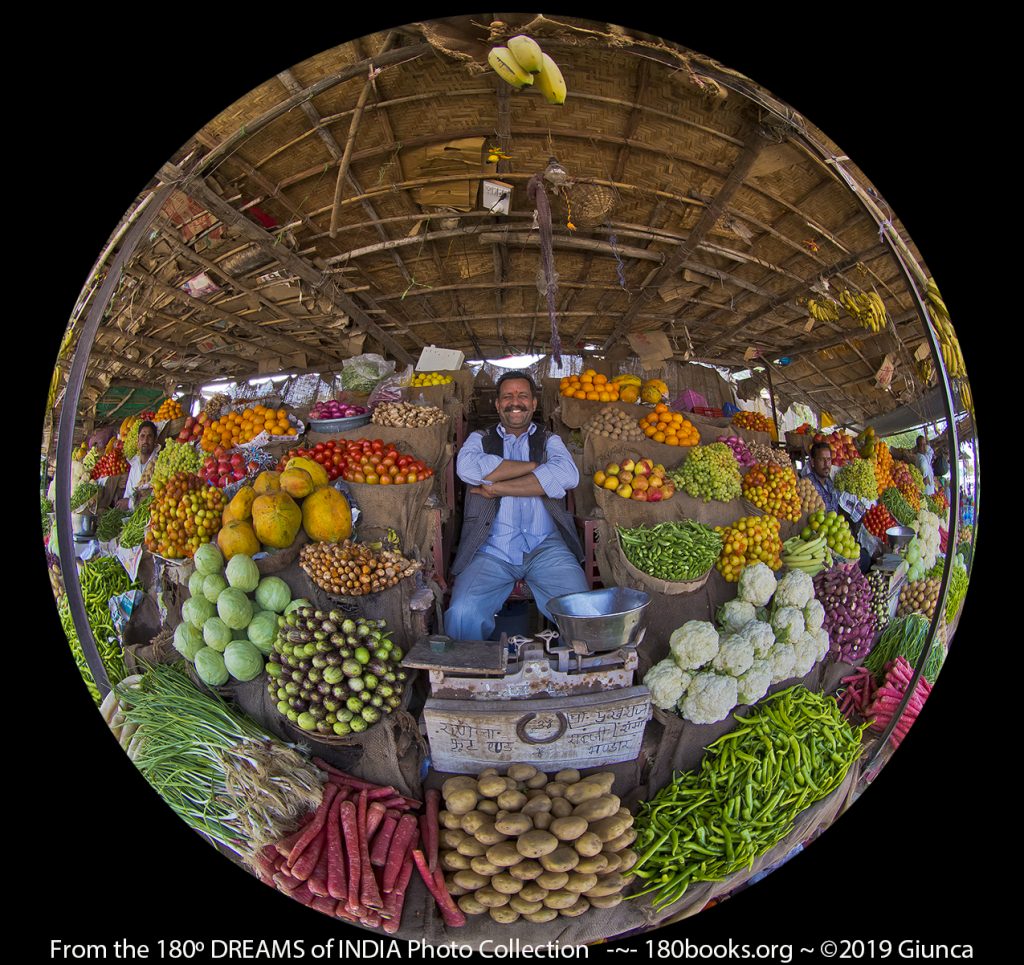
Day #1
The first subject I tried was an image of a fruit and vegetable vendor that I had photographed in Rajasthan, India. The stand was so well styled that it screamed for careful lighting, maybe even multiple mini-strobe lighting. At first, I thought maybe I should set up my little strobe lights, but then I heard the tiresome voice of one of my old clients say in my head, “We’re not looking for Rembrandt here Giunca, get moving! We’ve got 19 more shots to do today.”
After that, I just found the best place to stand. When I looked up, there was even a small bunch of bananas hanging above me, which was helpful in adding interest to the top part of the negative space, but there was also plenty of texture there too. Everything was already perfect! I took three shots and moved on, which is typical of the way I do portraits when I’m traveling. People lose that initial authentic expression and become self-aware after a few exposures.
Enter DALLE-2!
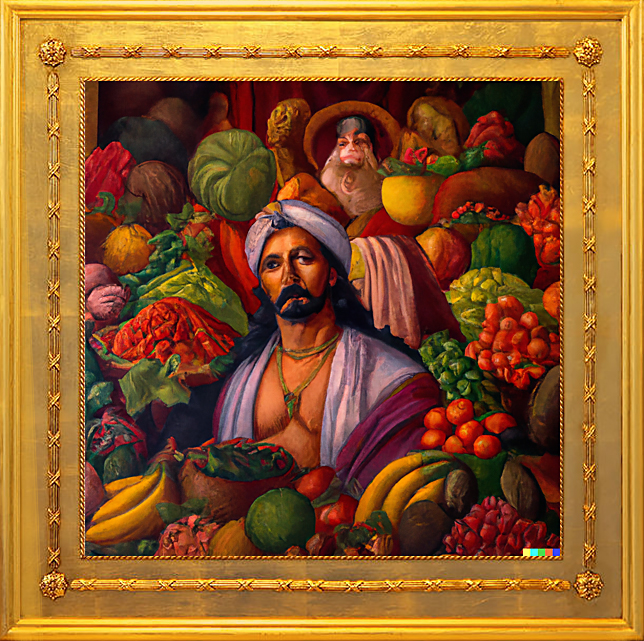
I guess my client’s sarcastic comments about a Rembrandt painting kind of stuck in my mind and when it was time to consider the style of the painting, I chose Rembrandt. One thing I remember about Rembrandt was the dramatic lighting of chiaroscuro and I thought that would be great for this portrait and would show the texture and color of the fruit.
When I described the picture to DALLE-2, I think I only used a few words and I mentioned the style of Rembrandt. The very first choice of images it produced, I think it was the third one, was the image above. I was really pleased with it. The pet monkey was an unexpected but welcomed surprise.
I had asked OpenAI API to describe a Rembrandt portrait painting, but I didn’t need it!
His paintings are known for their use of light and shadow, their expressive use of brushstrokes, and their psychological depth. Rembrandt often painted portraits of people from all walks of life, including royalty, merchants, scholars, and peasants. He also painted biblical and mythological scenes. The lighting in Rembrandt’s paintings is often dramatic, with strong contrasts between light and dark.
OpenAI API
Seafood on the Pier
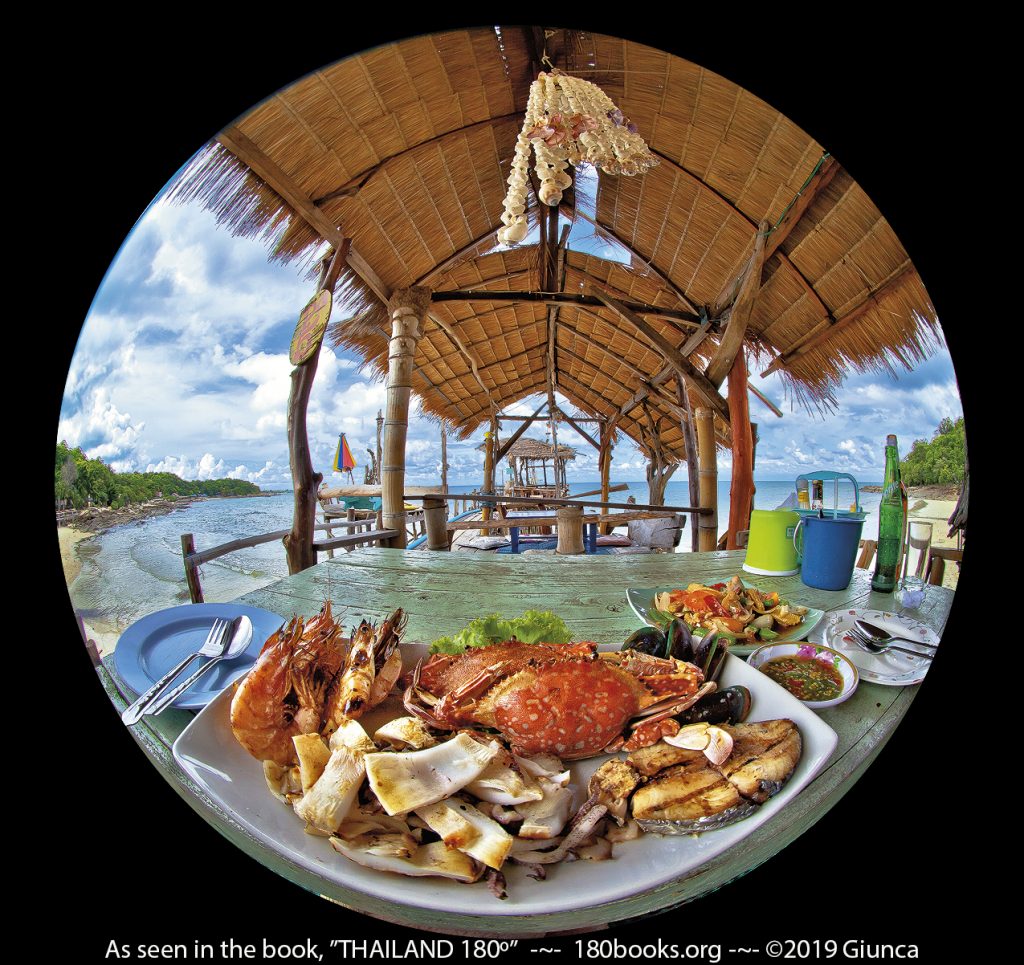
One of my favorite food shots. This was not a fancy restaurant, this was two men with a cooler full of seafood and 1 BBQ! It must have taken about 45 minutes for them to bring the food but I like the final arrangement, admittedly styled by Fon. This image always does well on social media.
Does DALLE-2 Know Dali #1?
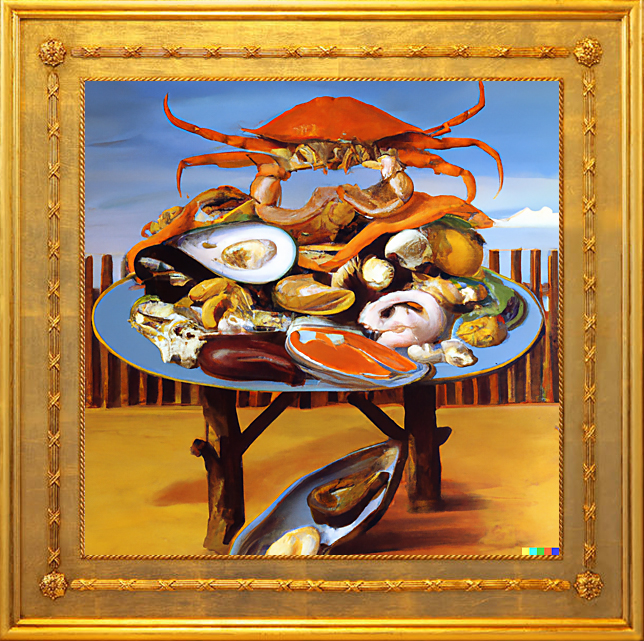
I envisioned this arrangement of seafood as a painting by Salvador Dali. I’m no stranger to Dali’s work. When I was young there was a great museum of Salvador Dali paintings in Cleveland, Ohio. I developed an appreciation for surrealism and that museum probably changed my life, and how I conceive of both art and reality.
I just simply described my photo of seafood on the pier, on the beach, in the style of Salvador Dali. I played around with some adjectives and reminded them of the style using Open API’s description, below. I then tried some variations before settling on the image above. For me, the floating crab, the colors, the lighting, and the giant mussel hiding under the table “tell me” that this could be a work by the Master himself.
The style of Salvador Dali’s painting of food is typically surreal, with characteristics that are often bizarre and dreamlike. The subject matter is usually food-related, and the lighting is often strange and otherworldly.
OpenAI API
In truth, I’m still learning how to get what I want out of DALLE-2, but after more successes than failures, I deem it a worthy tool for creating art.
The Tarpan Ritual in Kolkata
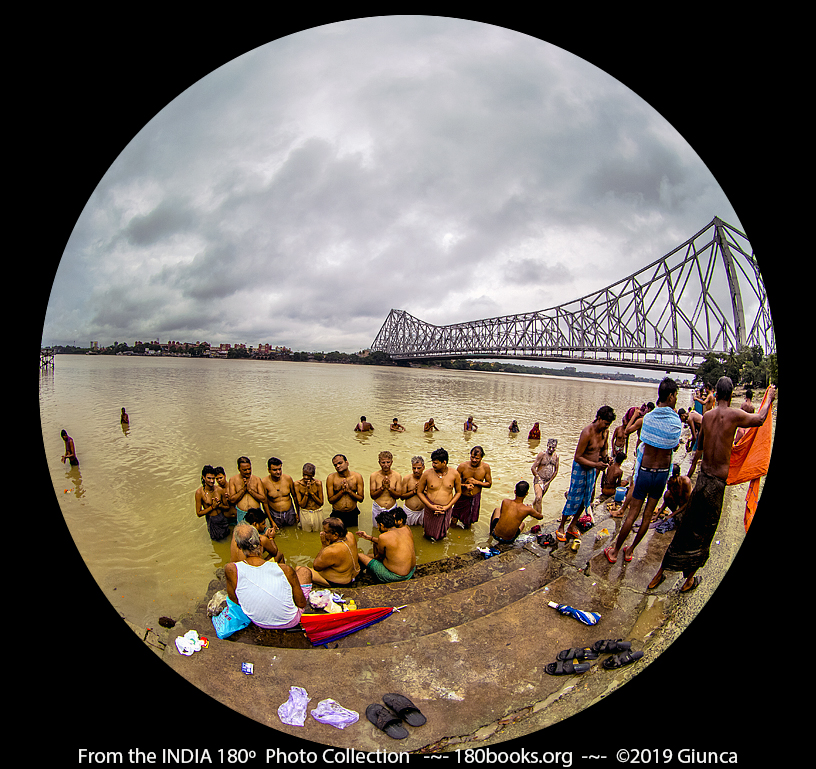
We were up early one morning, driving through Kolkata, when our guide pointed to a group of men engaging in a Tarpan Ritual, near the Howrah Bridge. The Pitru Tarpan is a ritual for satisfying the ancestors and relieving them of any unfulfilled aspirations so that they might travel to the celestial dwelling peacefully, contentedly, and joyfully.
The morning lighting was perfect and the clouded sky added a lot of depth to the image. I still can’t help but feel that the photo is a bit cold and photojournalistic. The camera couldn’t capture the atmosphere that I felt that morning. I wished that I had an Italian Renaissance filter that I could put on my lens.
DALLE-2 Channels Michelangelo
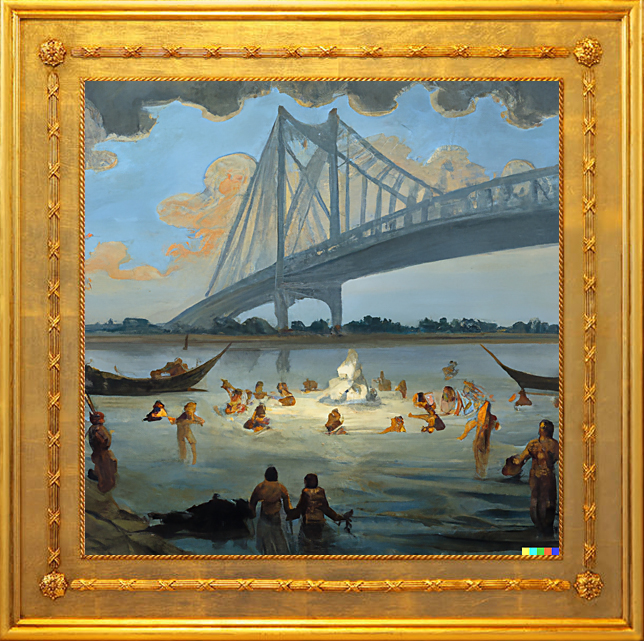
This time I requested a biblical-style painting of a Tarpon Ritual under the Howrah bridge in the style of Michelangelo. The first try yielded a masterpiece that included not only the bridge but also created a bright light around the men participating in the ritual. The painting better captured how the event had felt as a spectator.
The style of Michelangelo’s religious paintings is characterized by its use of light and shadow to create a sense of depth, its highly realistic depictions of the human form, and its use of biblical themes and stories.
OpenAI API
I was becoming hooked on DALLE-2 and did a deep dive into artists, art movements, and art history. At the same time, I reviewed my image catalog of over 60,000 images. My journey is just getting started!
The Creature at Wat Parawat
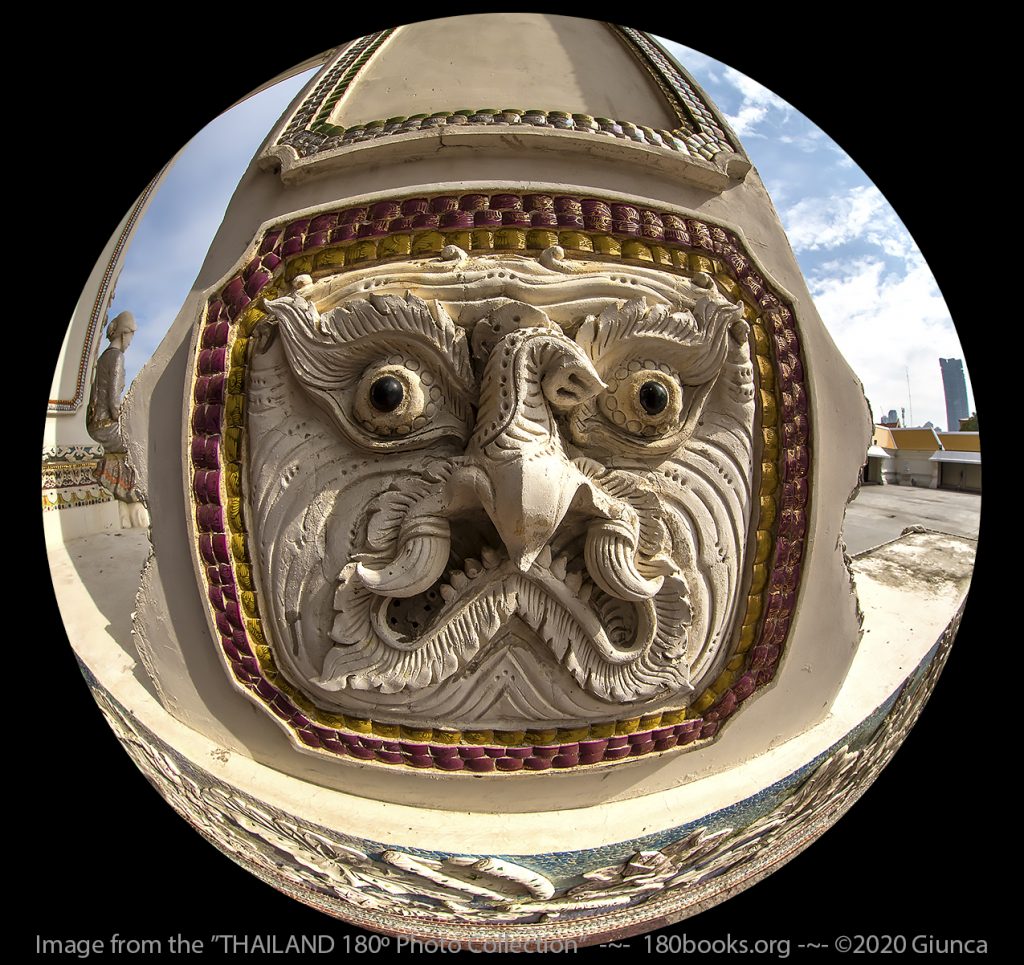
Wat Pariwat is sometimes described as Bangkok’s most unusual temple and that’s not without good reason. We made a trailer called, “Wat Pariwat ~ Trailer Fantastique ~วัดปริวาส.”
It may be best to view this short teaser video to get a feel for this magnificent wonderland of mythological creatures:
I chose this statue because it reminded me of creatures in Hieronymus Bosch’s “Garden of Earthly Delights” painting. Honestly, I have so many images from this temple that it’s difficult to pick just one. I look forward to returning to the temple to finish our video soon.
What about Hieronymus Bosch, DALLE-2?
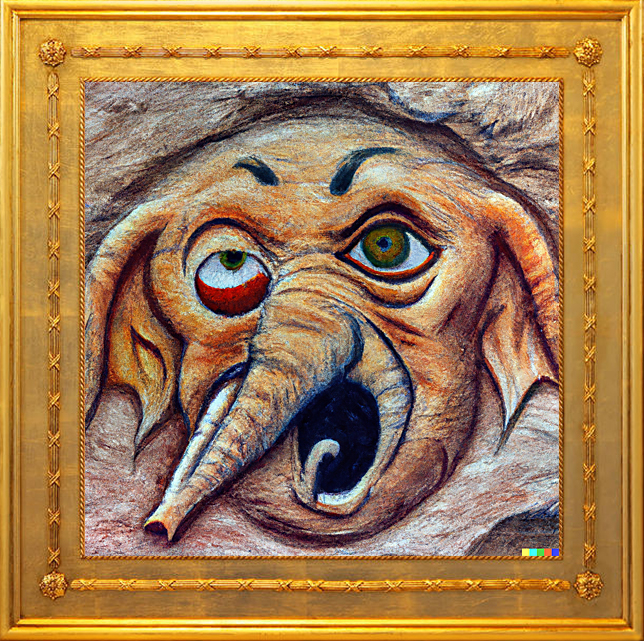
I described the features of the creature and a description of Bosch‘s paintings as provided by OpenAI API to DALLE-2 and was satisfied by the results. I tried the variations button, but the results confirmed that I was having a lucky day and the first images produced were the closest to what I had visualized.
The style of a Hieronymus Bosch painting is typically characterized by its use of bright colors and striking visuals. The subject matter of his paintings often includes mythological creatures, and the lighting is often very dramatic.
OpenAI API
Will DALLE-2 Replace Artists?
For me, the difference between an artist and an aspiring artist is that the artist has a fairly clear image in his mind before he starts creating, no matter what tools or media he is using. Previsualizing a finished image that captures the feelings of the artist, as well as all of the minute details, is the hallmark of a fine artist. No detail is too small and the work is not complete until the art is created which embodies all of the preconceived elements as well as some new ones that may be discovered along the way.
DALLE-2 is just a tool and although it’s fun to feed it some prompts and giggle at the outcome, for me the challenge is to work with it and guide it to making art that I visualized that didn’t exist before I directed it.
NFTs? Yeah, We Do That!

About the Authors
Photographer George Edward Giunca and his Thai wife have traveled around Thailand armed with a circular fisheye lens to create a photo essay on the rich cultural diversity, and abundant natural beauty of the Kingdom of Thailand. Fleeing from angry water buffaloes, slapping huge mosquitoes, watching exotic festivals and religious rituals, gorging on delicious spicy food, applying aloe vera cream to sunburned skin, wading through rice paddies, getting drenched to the bone by heavy monsoon rains, and gawking at breath-taking scenery; made it a journey of epic proportions! The result is the book, THAILAND 180º. Later, they traveled extensively through Myanmar, Malaysia, and India, gathering a massive collection of 180º photos. They currently live in Bangkok, Thailand.
Here’s How to Order Your Copy of THAILAND 180º Collectors Edition Today!
In Thailand —>>>http://www.thailand180.com/thaiorder.html
The Rest of the world: We are offering our book on Amazon.com, below list price http://amzn.to/1knDPRR
Not Familiar with Our Book???
This show details the origin of 180 Books, a series of art/travel books illustrated with a circular fisheye lens. By using infographics, pictures from our THAILAND 180º book, and never seen before images from our vault, we’ll demonstrate this unique lens and present our unique books.
